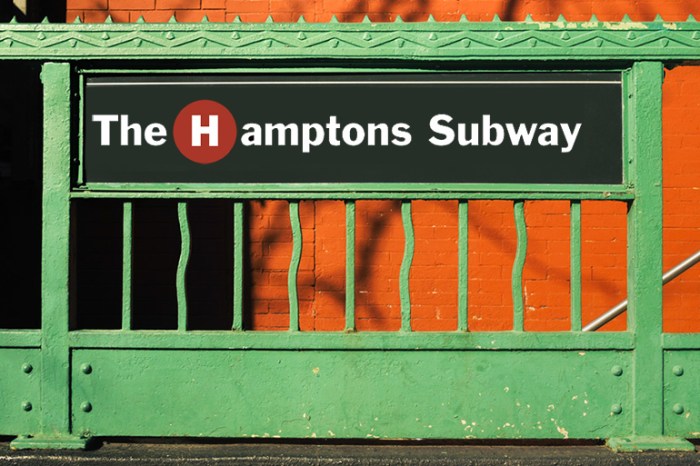Federal Taxes Should Consider Cost Of Living
Brian and Amy are your typical middle-class New Yorkers. They’ve worked hard to build a comfortable life for their three children in Hicksville, and hoped to remain there to be near family.
However, every year during tax season they are hit by a bill from the federal government that makes them question if they will be able to continue living in such a high-cost area. Their story is all too familiar, and I wanted proof that we need to change the federal tax code to account for New York families facing some of the highest costs of living in the country.
To get an answer, I asked Third Way, a centrist think tank focused on middle-class issues especially relevant to families in our area, to actually crunch the data on how much New Yorkers pay in federal taxes compared to similar families across the country. The report, “A Tale of Three Cities,” compared the effects of the federal tax code on three typical middle-class families—one from Hicksville, another from Akron, Ohio, and a third from McAllen, Texas.
The numbers were striking. The data shows that New Yorkers pay more in federal taxes because the federal tax code does not account for differences in wages and costs of living across different regions. This means that many New York families who are solidly middle class, but may make more on paper than similar families elsewhere, do not qualify for many income-based tax credits.
For example, a worker in low-cost, low-wage McAllen, Texas, can qualify for tax credits to help with his child care costs, while a similarly hard-working New Yorker, who may earn more, but also pays more for everything from gasoline to groceries, can’t access the same amount of benefits. Applying the same tax code to families in vastly different circumstances makes no sense—even a Quarter-Pounder at McDonald’s costs $1 more in Nassau County than it does in McAllen.
Even worse, in an expensive area like New York, a working-class family can end up owing thousands of dollars on its federal tax return, while a nearly identical family in low-cost McAllen can end up receiving thousands in return.
This glaring inequality is just plain wrong. Regional differences in costs of living should be accounted for in the federal tax code.
Two bills I’ve introduced would help level the playing field for New York taxpayers. The Tax Equity Act would adjust tax brackets for all areas with a higher cost-of-living than the national average, and the Student Loan Employment Benefits Act would allow those working to set aside up to $5,000 of their salary, tax-free, to repay their student loans. I am also drafting legislation that would index future tax credits to regional costs of living.
These common-sense measures will strengthen the middle class and lay the foundation for New York’s future. It’s time to give New York’s taxpayers like Amy and Brian the fairness they deserve.
The full Third Way Report can be viewed at www.israel.house.gov.


































